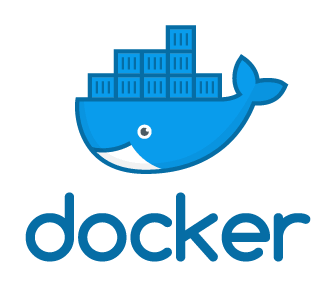
Before we start,little bit of intro on Containers, its an abstraction at the app layer that packages code and dependencies together. Multiple containers can run on the same machine and share the OS kernel with other containers, each running as isolated processes in user space. Containers take up less space than VMs (container images are typically tens of MBs in size), and start almost instantly.A container image is a lightweight, stand-alone, executable package of a piece of software that includes everything needed to run it: code, runtime, system tools, system libraries, settings.
Containers run apps natively on the host machine?s kernel. They have better performance characteristics than virtual machines that only get virtual access to host resources through a hypervisor. Containers can get native access, each one running in a discrete process, taking no more memory than any other executable.
Docker as we know,is an open platform for developers and sysadmins to build, ship, and run distributed applications, whether on laptops, data center VMs, or the cloud.Docker provides an API for interacting with the Docker daemon (called the Docker Engine API).The Docker API has allowed limitless options for interfacing with Docker engine, containers, and images to emerge from CLIs to desktop applications and web-based management tools. Everything the Docker client can do can be done with the API.Below GUI tools extensively uses API to interface with Docker engine.
With this context now,let us check TOP 6 GUI tools for managing Docker environments.
#1.Kitematic
Kitematic is a simple application for managing Docker containers on Mac, Linux and Windows.It is an open source project built to simplify and streamline using Docker on a Mac or Windows PC. Kitematic automates the Docker installation and setup process and provides an intuitive graphical user interface (GUI) for running Docker containers. Kitematic integrates with Docker Machine to provision a VirtualBox VM and install the Docker Engine locally on your machine.
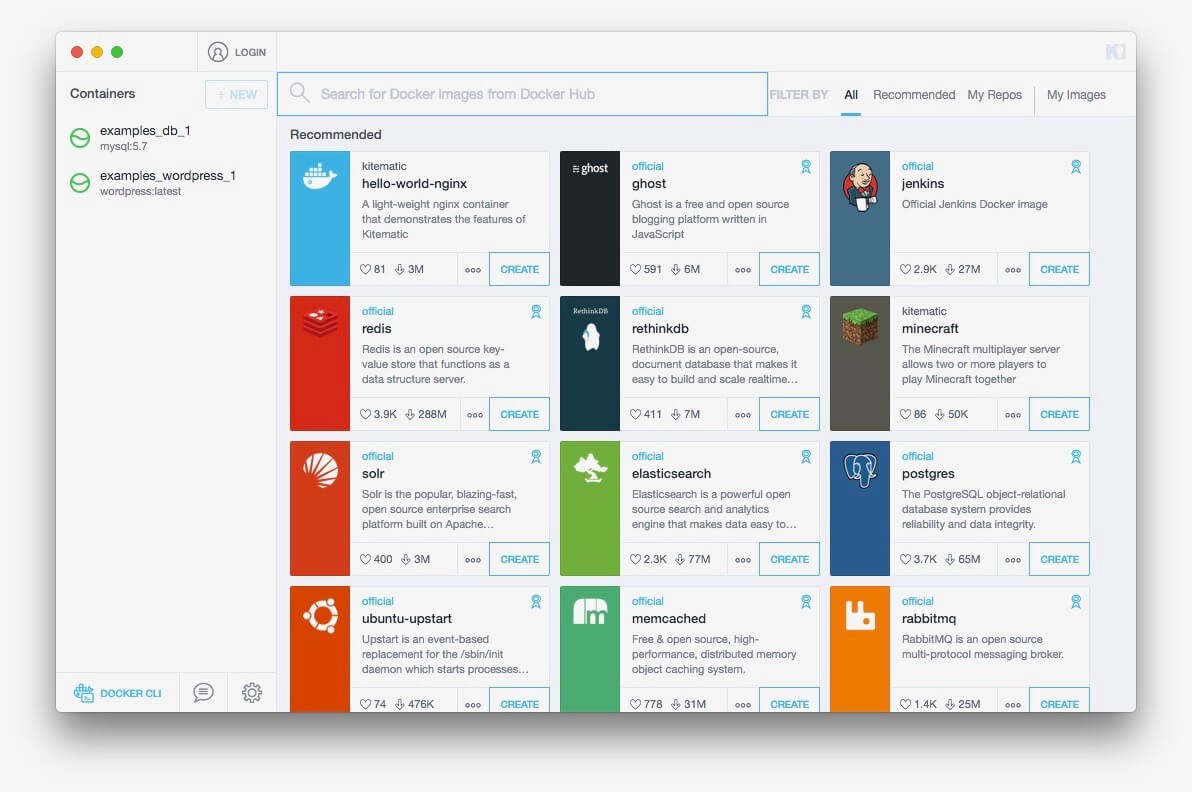 TOP 6 GUI tools for managing Docker ? Kitematic console
TOP 6 GUI tools for managing Docker ? Kitematic console
Download :
You can download and install Kitematic in one of the following ways:
- Choose Kitematic from the Docker for Mac or Docker for Windows menu to get started with the Kitematic install.
- Install Docker Toolbox (on older systems that do not meet the requirements of Docker for Mac or Docker for Windows).
- Download Kitematic directly from the Kitematic releases page.
Documentation :
Kitematic?s documentation can be found at http://kitematic.com/docs.
#2.Portainer
Portainer is a simple management solution for Docker,it consists of a web UI that allows you to easily manage your Docker containers, images, networks and volumes.
Portainer is meant to be as simple to deploy as it is to use. It consists of a single container that can run on any Docker engine (can be deployed as Linux container or a Windows native container).
Portainer allows you to manage your Docker containers, images, volumes, networks and more ! It is compatible with the standalone Docker engine and with Docker Swarm mode.
Deploying Portainer is as simple as:
$ docker run -d -p 9000:9000 –restart always -v /var/run/docker.sock:/var/run/docker.sock -v /opt/portainer:/data portainer/portainer
You can now access Portainer by pointing your web browser at http://DOCKER_HOST:9000
Portainer makes use of the Docker API to handle its interactions and monitoring, but for automation, also exposes its own HTTP API and template file format. Portainer covers most major areas of Docker you would want to interact with, offering creation, editing, management, monitoring and deletion of containers, as well as the ability to add, remove, and view images, networks, and volumes, but not edit them.
Public demo is available at demo.portainer.io.
Download & Documentation :
Portainer download & documentation can be found at : https://portainer.readthedocs.io/
#3.DockStation
DockStation is a developer-centric application for managing projects based on Docker. Instead of lots of CLI commands you can monitor, configure, and manage services and containers while using just a GUI.
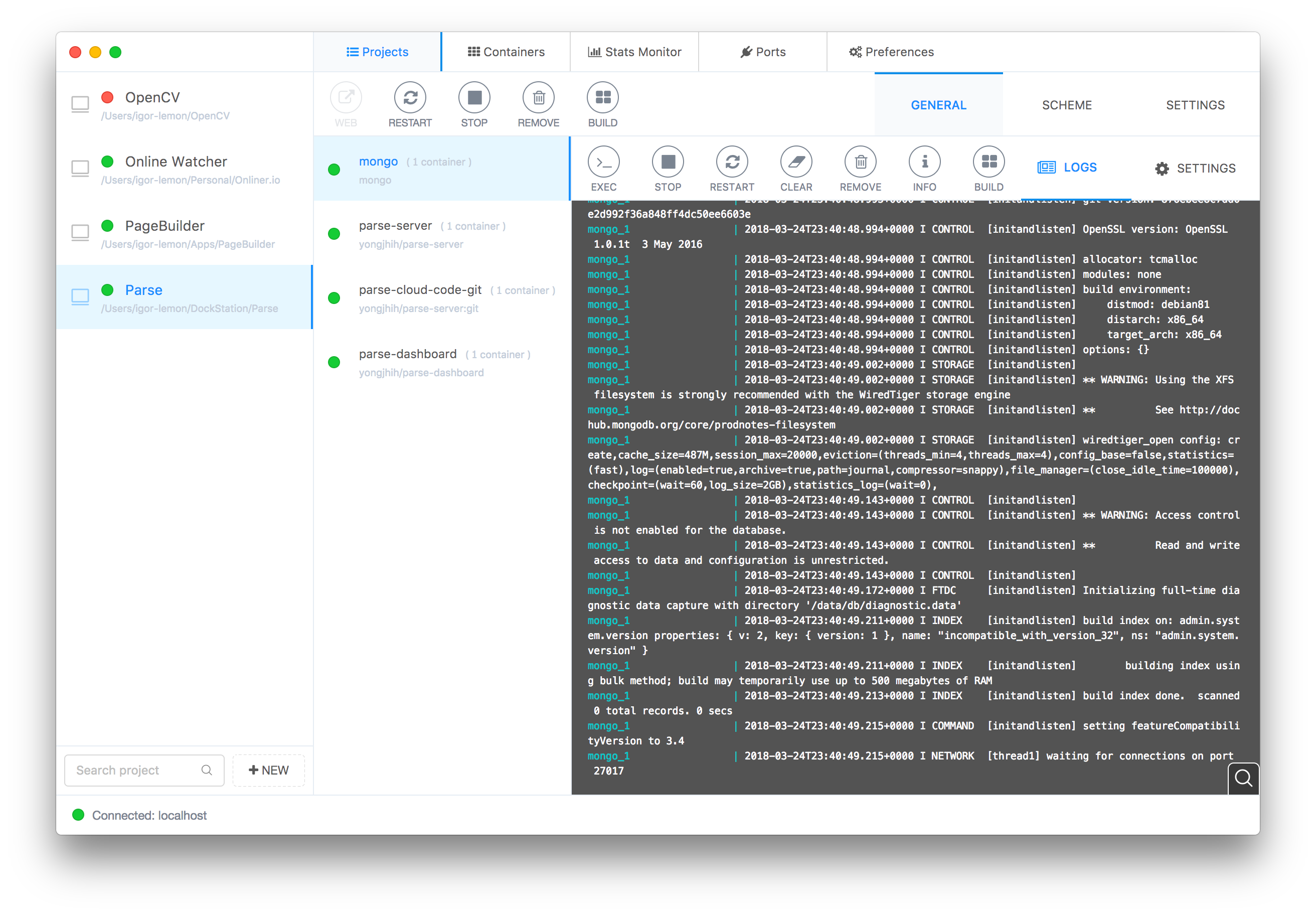 TOP 6 GUI tools for managing Docker ? DockStation console
TOP 6 GUI tools for managing Docker ? DockStation console![]()
![]()
![]()
![]()
![]()
![]()
![]()
![]()
Products from Amazon.in

- -20%
- Continuous Delivery with Docker and Jenkins
- Price: INR 799.00
- Was: INR 999.00
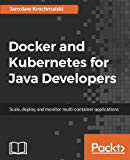
- Docker and Kubernetes for Java Developers
- Price: INR 798.00
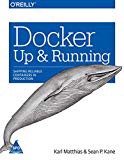
- Docker: Up and Running- Shipping Reliable Containers in Production
- Price: Check on Amazon
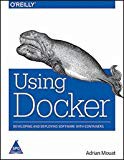
- Using Docker:: Developing and Deploying Software with Containers
- Price: INR 700.00
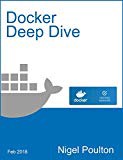
- Docker Deep Dive
- Price: Check on Amazon

- The Docker Book: Containerization is the new virtualization
- Price: Check on Amazon

- Docker : A Quick-Start Beginner?s Guide
- Price: Check on Amazon
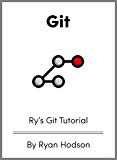
- Ry?s Git Tutorial
- Price: Check on Amazon
? ?
Some of the key advantages
- Work with services and containers : The DockStation helps to manage projects and container settings, e.g. bind a local host to a project, simple version changing, map ports, assign and reassign environment variables, change entrypoint and start command instructions, configure volumes, quick access to image documentation, quick services containers cleanup and a lot of other useful functionality.
- Work with remote Docker containers : The application helps to manage and observe remote containers. We provide many tools, such as as logs monitoring, searching logs, grouping, running tools and getting container info. We also provide amazing authorization tools for remotely connections.
- Independence : It doesn?t require local Docker installation for controlling remote containers. It can as well be used as a management and monitoring tool for remote Docker containers. Docker Machine support (Oracle VirtualBox, VMware Fusion, Microsoft Hyper-V).
- Backward Compatibility : The application works with Docker Compose. Use you own or third-party docker-compose.yml configs. DockStation generates a clean and native docker-compose.yml file which can be used even outside the application, using the native Docker Compose CLI commands.
- Stats monitor : Great and powerful tools for common, multiple and single monitoring of container resources. Easy tracking CPU usage, Memory usage, Networks I/O, Blocks I/O.
- GUI : The application combines many CLI commands into a convenient graphical interface. So that instead of many commands only one click is needed.
- Observer : With the application it?s very convenient to view the status of containers and easily view their logs
- Create projects : Creating projects has never been easier. You can create a project in a single click.
- Parser (beta) : We have a built-in parser that will helps, without any problems and deep knowledge of Docker Compose, convert ?docker run? command to Docker Compose format and quickly start working with a project and containers.
Download :
DockStation can be downloaded from GitHub here
Documentation :
DockStation documentation can be found at https://github.com/DockStation/dockstation
#4.Shipyard
Built on Docker Swarm, Shipyard gives you the ability to manage Docker resources including containers, images, private registries and more.
Shipyard differs from other management applications in that it promotes composability and is 100% compatible with the Docker Remote API. Shipyard manages containers, images, nodes, private registries cluster-wide as well as providing authentication and role based access control.
Shipyard project is retired for now.
Download & Documentation :
Shipyard can be found at https://github.com/shipyard/shipyard
#5.Docker Compose UI
Docker Compose UI is a web interface for Docker Compose.Its minimal HTTP API on top of Docker Compose while maintaining full interoperability with Docker Compose CLI.The application can be deployed as a single container, there are no dependencies nor databases to install.
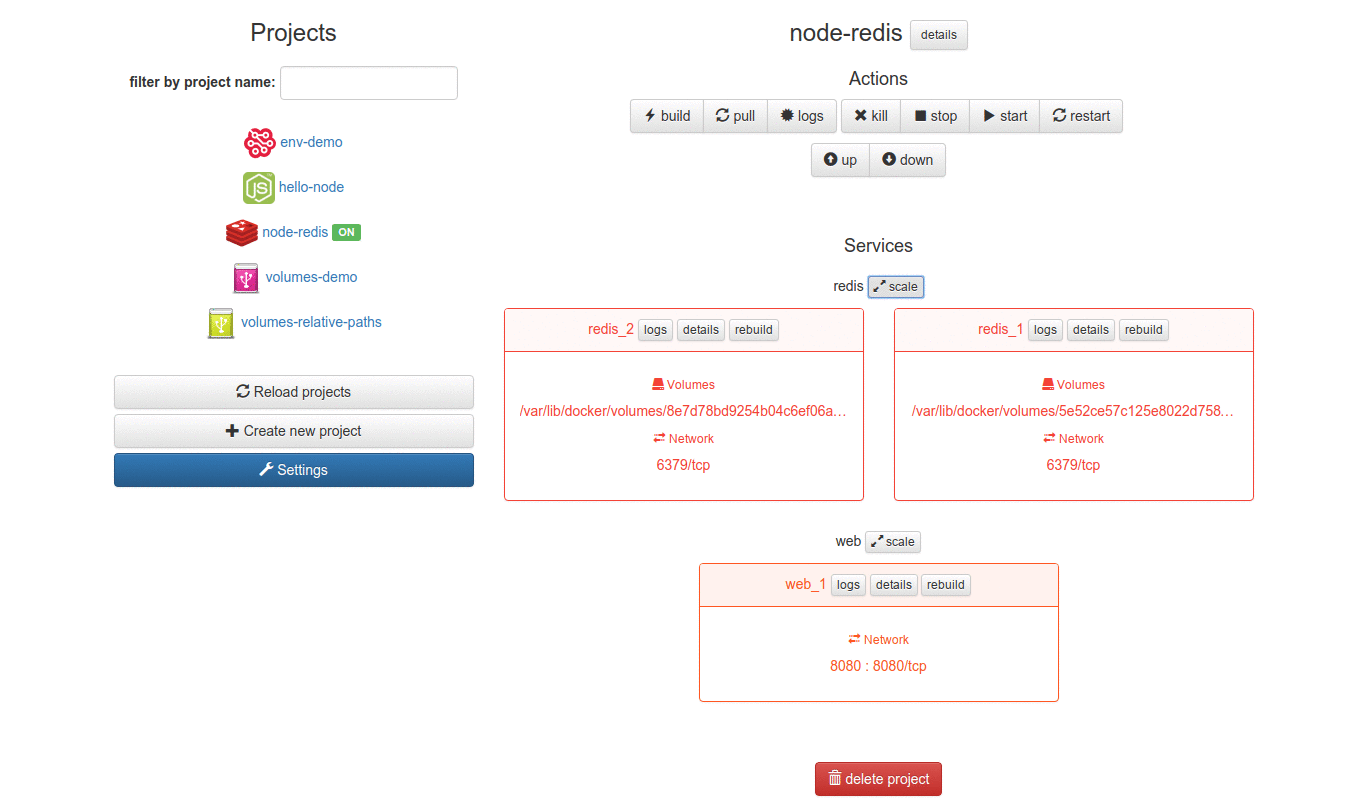 TOP 6 GUI tools for managing Docker ? Docker Compose
TOP 6 GUI tools for managing Docker ? Docker Compose
Docker compose UI is simple,run the below command and wait while Docker pulls the container from the Docker Hub.
docker run –name docker-compose-ui -p 5000:5000 -w /opt/docker-compose-projects/ -v /var/run/docker.sock:/var/run/docker.sock francescou/docker-compose-ui:1.10.0
Then open your browser to http://localhost:5000
Download & Documentation :
https://github.com/francescou/docker-compose-ui
francescou/docker-compose-ui
web interface for Docker Compose. Contribute to francescou/docker-compose-ui development by creating an account on?
github.com
Rancher is an open source software platform that enables organizations to run and manage Docker and Kubernetes in production. With Rancher, organizations no longer have to build a container services platform from scratch using a distinct set of open source technologies. Rancher supplies the entire software stack needed to manage containers in production.
Rancher software consists of four major components:
- Infrastructure Orchestration
- Container Orchestration & Scheduling
- Application Catalog
- Enterprise Grade control
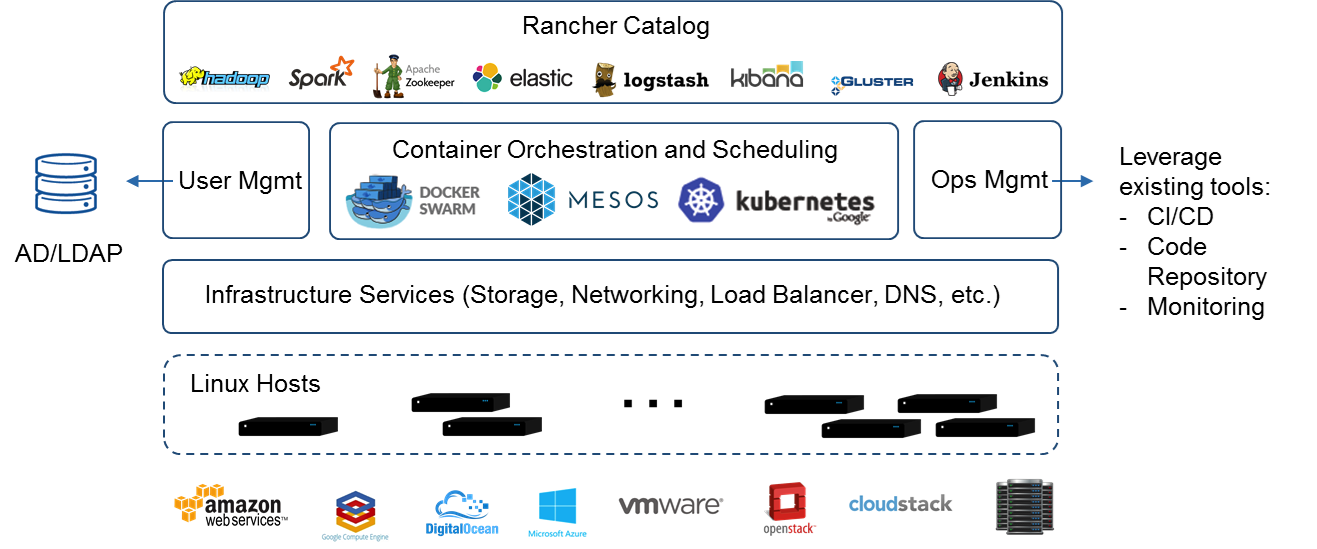 TOP 6 GUI tools for managing Docker ? Rancher Components
TOP 6 GUI tools for managing Docker ? Rancher Components
Start the Rancher container using the following docker run command:
sudo docker run -d –restart=unless-stopped -p 8080:8080 rancher/server:stable
Rancher offers similar features to other web-based GUIs but offers interface elements to add the extra features that Rancher offers. For example, to change the number of WordPress instances, click the plus or minus icons on the container page. The normal resource constraints apply for scaling container instances, e.g. you can?t have more than one container running on a Docker host that uses the same port as another.
Here?s demo of Rancher platform :
Rancher Overview from Rancher Labs on Vimeo
Edit description
player.vimeo.com
Like this post? Don?t forget to share it!
Originally published at @upnxtblog.


